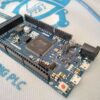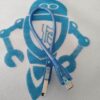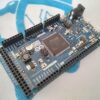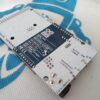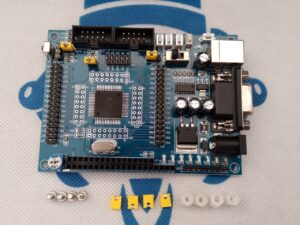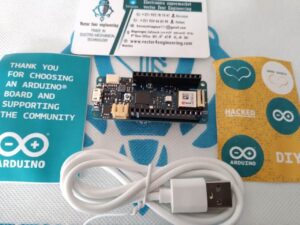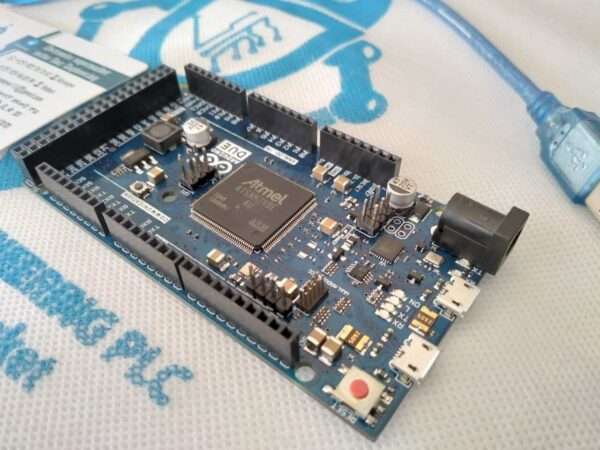
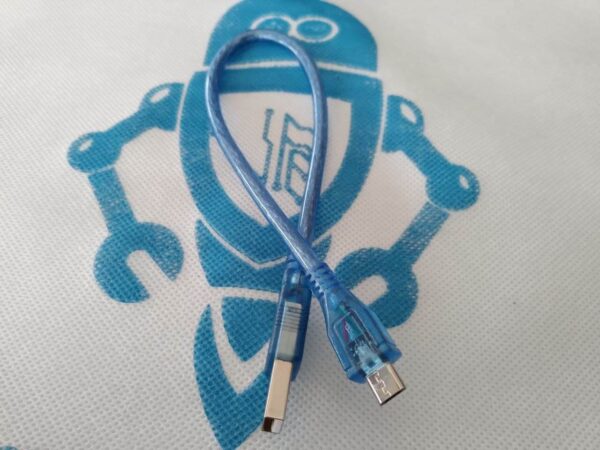
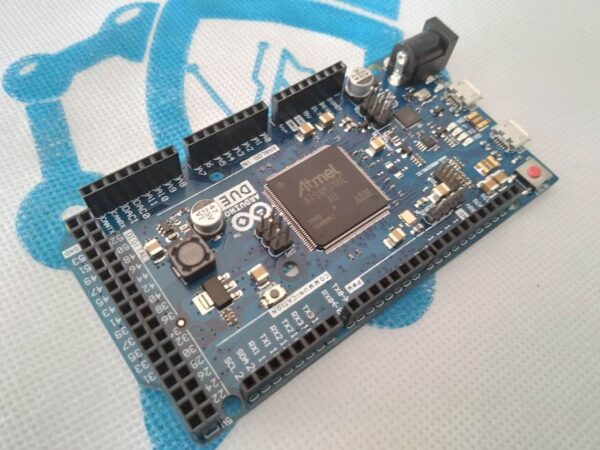
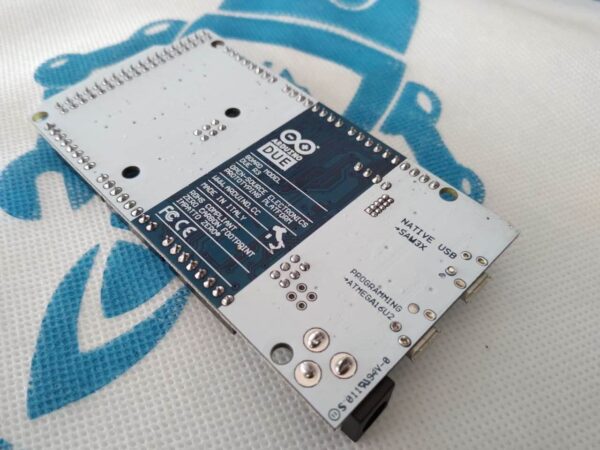
Arduino Due
Br 4,500.00
- Microcontroller : Atmel SAM3X8E ARM Cortex-M3
- CPU : 32-Bit
- Digital I/O Pins : 54
- PWM Output : 12
- Analog Input : 12
- Flash Memory (Program Memory) : 512 KB
- SRAM : 96 KB (two banks: 64 KB and 32 KB)
- Operating Voltage : 3.3V
- Input Voltage : 7-12V
- Clock frequency : 84MHz
- Reset Button : 1
- Erase Button : 1
- DAC (Digital to Analog Converter) : 2
- UART (Serial Communication) : 4
- SPI Communication : yes
- TWI (I2C Communication) : 2
- Arduino Shield Compatibility : Yes (that operate at 3.3V)
- Power Jack : 1
- JTAG Header : 1
- DC current for 3.3V : 800mA
- Total DC output current on all I/O lines : 130mA
USB : 2
- Programming USB (1)
- Native USB (1)
Out of stock
- It is a microcontroller board based on Atmel SAM3X8E, 32-Bit ARM microcontroller.
- Unlike other Arduino boards, the Arduino Due board runs at 3.3V.
- The maximum voltage that the I/O pins can tolerate is 3.3V. Providing higher voltages, like 5V to an I/O pin could damage the board !
- There are few cases where DUE is chosen over other Arduino Boards:
Case1:�Where the system processing is huge. UNO or NANO are boards, which have a maximum clock speed of 16 MHz, so they can perform functions limited to their capabilities. They cannot process high end programs for applications like 3D printer. With 84MHz clock speed more than five times speed of UNO, DUE could do process more data than UNO or NANO.
Case2: Where you need to connect more peripherals. DUE has over 54 I/O pins. So when there are many peripherals in an application using DUE is ideal.
Case3:�Where application needs to provide analog output. UNO and NANO cannot provide analog output which is need in some applications. In those cases, DUE will solve the problem.
Case4: With many PWM and ADC outputs, DUE can run application program which cannot be solved by other ARDUINO.
Case5:�With CAN interface, DUE can be used on systems with high Electromagnetic Interference where other communications may fail. This facility is not present on other ARDUINO BOARDS.
Applications
- Hobby projects.
- Power supply systems.
- IoT applications.
- Display systems.
- Instrumentation.

